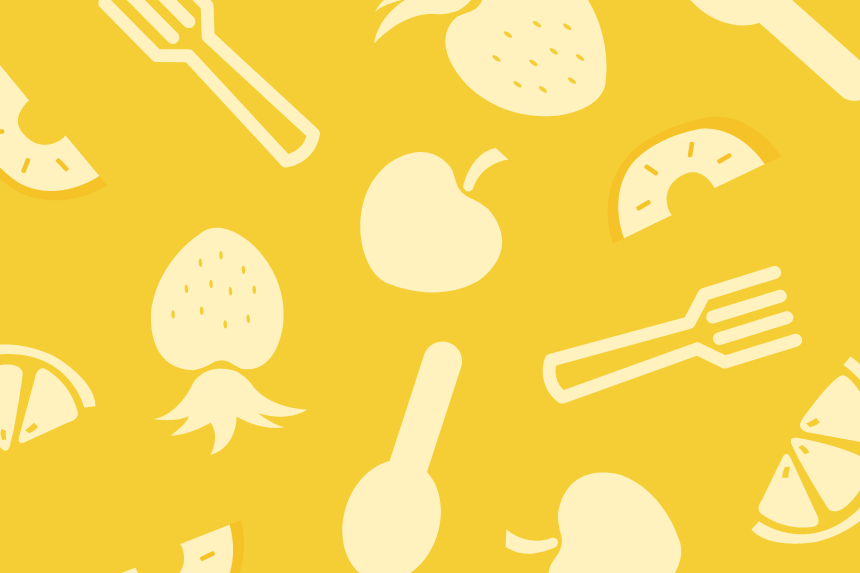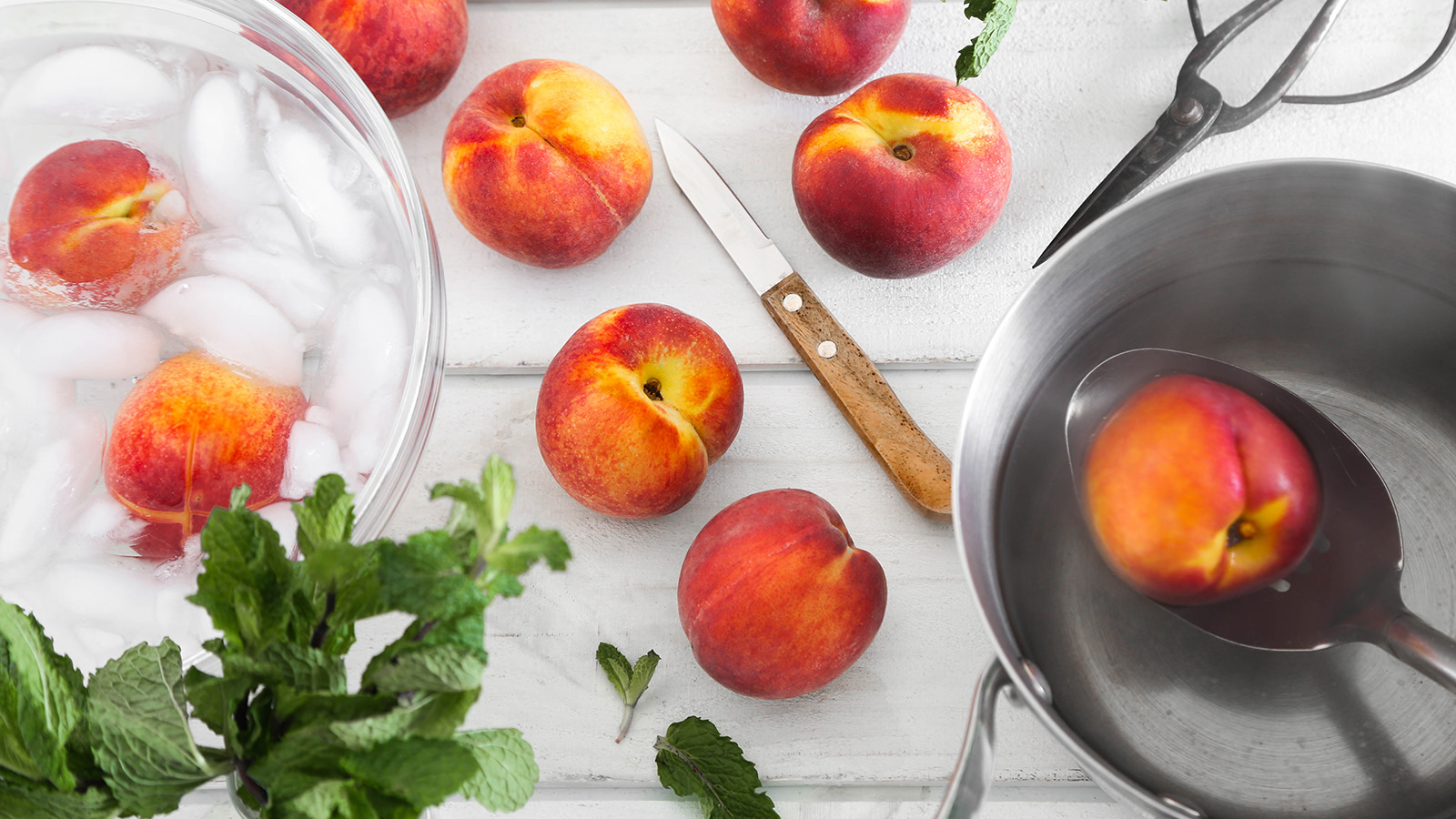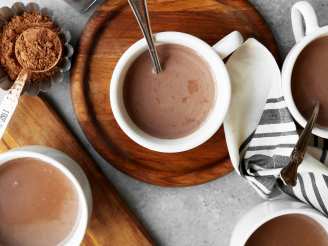My First Hot Process Soap (Castile Crockpot Soap)

- Ready In:
- 1hr 15mins
- Ingredients:
- 8
- Yields:
-
1 batch
ingredients
- 16 ounces water (goat's milk should be partially frozen) or 16 ounces goat's milk (goat's milk should be partially frozen)
- 2 ounces castor oil
- 13 ounces coconut oil
- 26 ounces olive oil
- 12 ounces lard
- 1 1⁄2 ounces beeswax
- 7 5⁄8 ounces lye
- 1 ounce essential oil (optional)
directions
- Measure the solid oils (oils which are solid at room temperature) using a scale (tared to eliminate the weight of the glass measuring cups).
- Put in a pot on low heat to melt slowly – don’t let them get too hot! I usually remove from heat when there are still tiny bits of unmelted oil.
- Measure the liquid oils (oils which are liquid at room temperature) and put in the crockpot. Turn on to low to let the oils heat gently. Once again, don’t let it get too hot! I use an old crockpot that doesn’t get that hot.
- When the solid oils are just about melted, add to the liquid oils in the crockpot and cover.
- Measure the water or goat's milk in a 4-cup measuring cup (not pictured). Measure the sodium hydroxide (lye) by weight into a separate, smaller measuring cup. Wear protective clothing and safety equipment when working with lye.
- Carefully, while stirring, pour the lye into the water. I like to do this underneath the stove’s vent, so the fumes go outside. Stir until all crystals are dissolved. It will get very, very hot, so don’t touch the glass container. Leave under the hood, with the fan on, for about 5 to 10 minutes to cool down.
- Again while stirring, and pouring carefully (impossible to do while photographing), add the lye/water solution to the oils in the crockpot. Use a soapy/vinegar/water mixture in the sink to rinse the containers and utensils that touched lye to neutralize this caustic.
- Stir briefly, then switch to using a stick blender and blend until the mixture reaches “trace” — which is when it thickens. DO NOT use blender continuously. Blend for 15-30 seconds at a time, then give it a short rest. It will go from clear to opaque, and resembles vanilla pudding when done. The mixture, when dripped off the stick blender, will stay in visible ridges, rather than the mixture collapsing back into a smooth top. With this soap, it takes about 2 to 3 minutes. With pure olive oil soap, it can take 5 minutes or more to achieve trace.
- Cover and let “cook” for about an hour. During the cooking time, the mixture will change back to translucent. It will raise up at the sides, like waves. By the end of the cooking, the whole mixture will be translucent and the center of the mixture will be collapsed with the “waves” rolled into the center.
- Also, there may or may not be liquid pooled in the center low point. This is glycerin, a natural byproduct of saponfication (the soap-making chemical reaction). Just stir this back in – it is very good for your skin!
- Turn off the crockpot. During the cooking time, prepare your molds. I use two plastic drawer trays lined with freezer paper. Usually, I use freezer paper (shiny side up). During this soap making, I was out of that, so I used parchment paper that I greased with coconut oil; worked fine.
- Fill the mold(s) with the hot soap mixture. Tap up and down on the counter or a floor to evenly distribute the mixture. You can use your hands, but be careful and touch lightly as the mixture is very hot! (And you need it to be hot to fill the mold properly.).
- Now the soap in the mold(s) needs to cool/harden, at least overnight. The crock can be scraped clean for instant delight – soap that’s ready to use! When hardened and cooled, lift the paper to pull the soap out of the mold(s). Peel the paper off the soap block. Put the block on a cutting board and use a big knife to cut into bars.
- The bars still need to harden significantly and will do this over time. Keep them in a cool location with good airflow. I keep a tray of upright bars in my bathroom. We use one, the rest age, we use another, the rest keep aging… If upright, more air can flow and they’ll harden more evenly and faster. Rotate them infrequently if you’d like.
Questions & Replies
Got a question?
Share it with the community!
Reviews
Have any thoughts about this recipe?
Share it with the community!
RECIPE SUBMITTED BY
WI Cheesehead
Watertown, Wisconsin
I am a Christian wife and mother of 3 kids. Since my DH's high cholesterol, we've been eating better. I never used to like cooking. Since eating better, I've liked learning and preparing new recipes. My kids haven't reconciled themselves to the new eating yet. I grind my own grain and make all my own breads.?Working 2 hours a day in the local high school lunch room.??I am homeschooling my high schooler.? ?Also found out 1 child has multiple food allergies (wheat, dairy, tomato, chocolate, etc) and another is gluten sensitive. So, we just started (July 09) eating gluten and dairy free. I've been busy with getting our house market ready, even though it's not the best time for that.?




